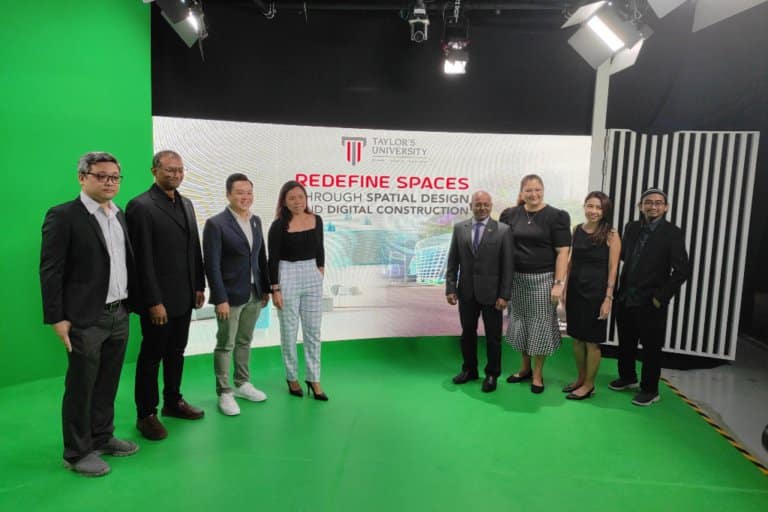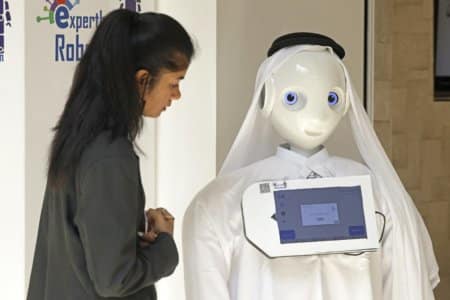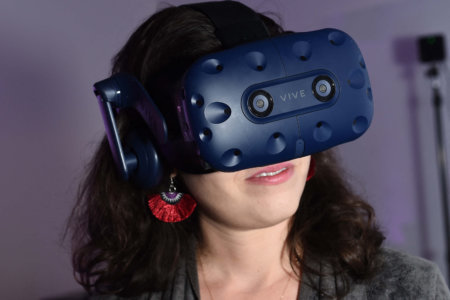
Taylor’s University is launching two new bachelor’s degree programmes to help students meet the demand for digital talent.
The Bachelor of Interactive Spatial Design (Honours) and Bachelor of Science (Honours) in Sustainable Digital Construction Management will open for its first intake of students in March 2023. There will be two intakes annually in March and August.
Future of extended reality (XR) learning centre, Taylor’s Virtual Online Future Technology and Extend Reality (VORTEX XR LAB), will complement these programmes, according to Professor Dr. David Asirvatham, Taylor’s University Faculty of Innovation and Technology Dean.
It’s a space that lets students play, interact, and engage with spaces using augmented reality (AR), virtual reality (VR), and mixed reality (MR).
The VORTEX XR Lab supports all schools — from hospitality to law — to use advanced technology like the Microsoft Hololens 2, a holographic computer that allows users to interact with a virtual environment.
“Emerging technologies such as the Internet of Things, 3D printing, biological gene sequencing and artificial intelligence are all areas that will shape the future of our young generation and make Malaysia more competitive in the years to come,” says Dr. Asirvathamat at a launch event at Taylor’s University on Jan. 12, 2023.
The university is also working with companies like HONOR, IMT Smart Home, and Virtual X Malaysia to offer students internships, placements, and help to start their businesses.

A user trying to grab an “object” using the Microsoft HoleLens 2. Students in both programmes will have a chance to try this device. Source: Nathan Hew
Taylor’s University: Filling the gap for digital skills in spatial designers and construction engineers
With a Bachelor of Interactive Spatial Design, students will experience a combination of “space and technology with art and design,” according to Programme Director Din Tan Ching Seng shares. They will learn how to create new designs, objects and experiences.
The programme offers two specialisations: Smart Homes Design and Smart Environment Design. Students can also choose from three learning tracks where they complete an internship, work with industry partners or start their business with guidance from Taylor’s University entrepreneur start-up incubator, BizPod.
“Today, brands and businesses are eager to take advantage of spatial-based technologies to engage their customers with interactive spatial experience for marketing or social benefits,” says Din.
The Bachelor of Science in Sustainable Digital Construction Management will train construction engineers to help save time, reduce cost and waste, and improve construction practices.
According to Programme Director Dr. Sujatavani Gunasagran, the programme will equip students with the digital skills needed to support a digitalised construction industry.

A VORTEX XR Lab crew member demonstrates real-time environment scanning around Taylor’s Lakeside Campus using a Matterport, and how it captures and connects spaces recreating interactive 3D construction sites. Source: Taylor’s University
One example is the use of Matterport, a 3D camera that allows a person to make multiple 3D scans of a physical environment. Once the scan is complete, users can upload them to the Matterport programme.
Users can upload multiple scans at various times to form a virtual environment and interact with scans — which will be helpful for students in both programmes.
Two specialisations — Green Construction and Smart Construction — are offered. Students can choose from two learning track options, either completing a conventional internship or a year-long work-based learning experience with industry partners.
It will cost approximately US$27,149 to US$29,436 for international students to pursue these programmes.
“We have invested a lot of money in the infrastructure at the university. [VORTEX XR Lab] alone is 1.2 million Malaysian ringgit,” says Dr. David.
“Twenty-five percent of our students are international students, coming from 85 different countries.”










